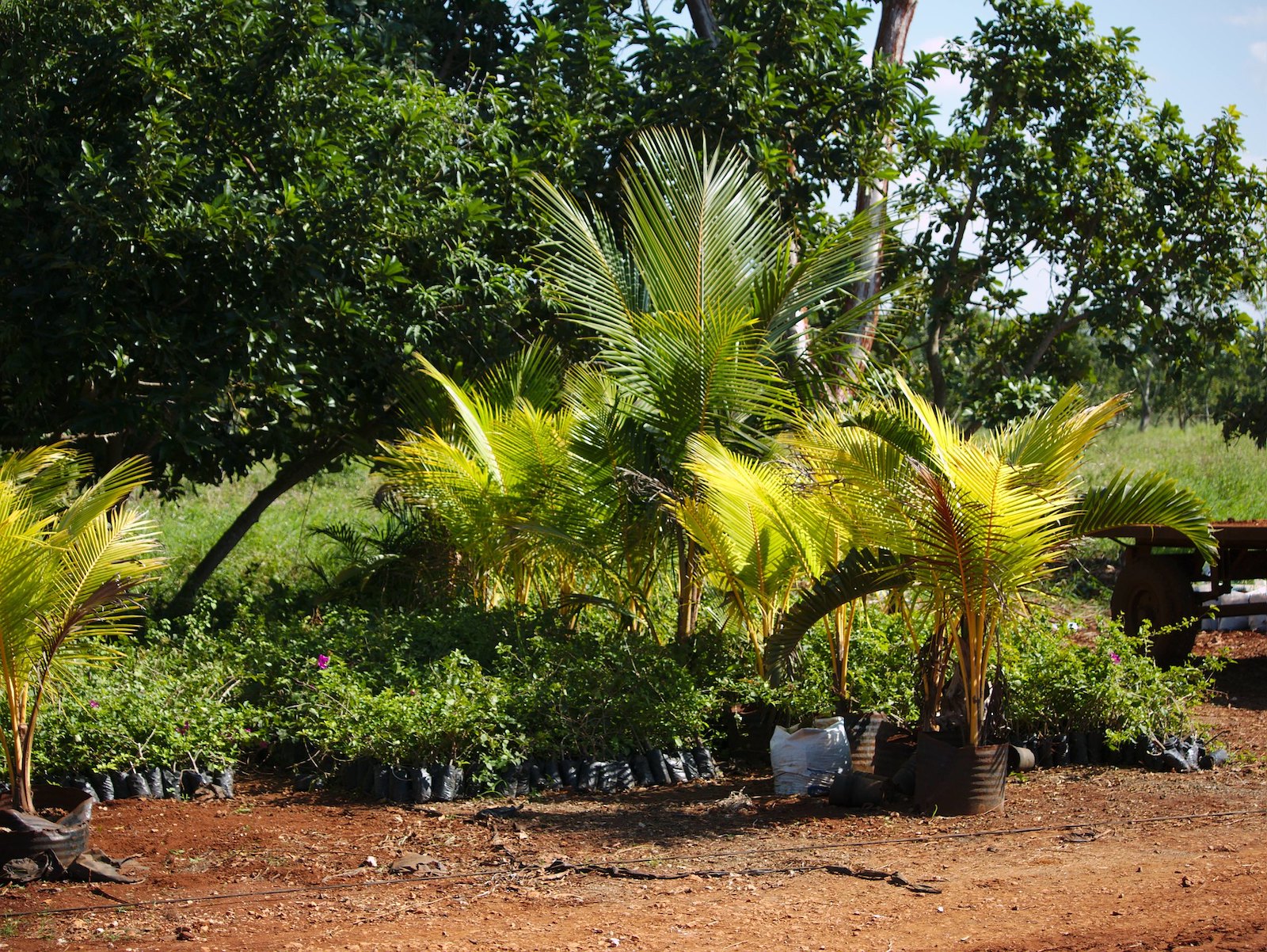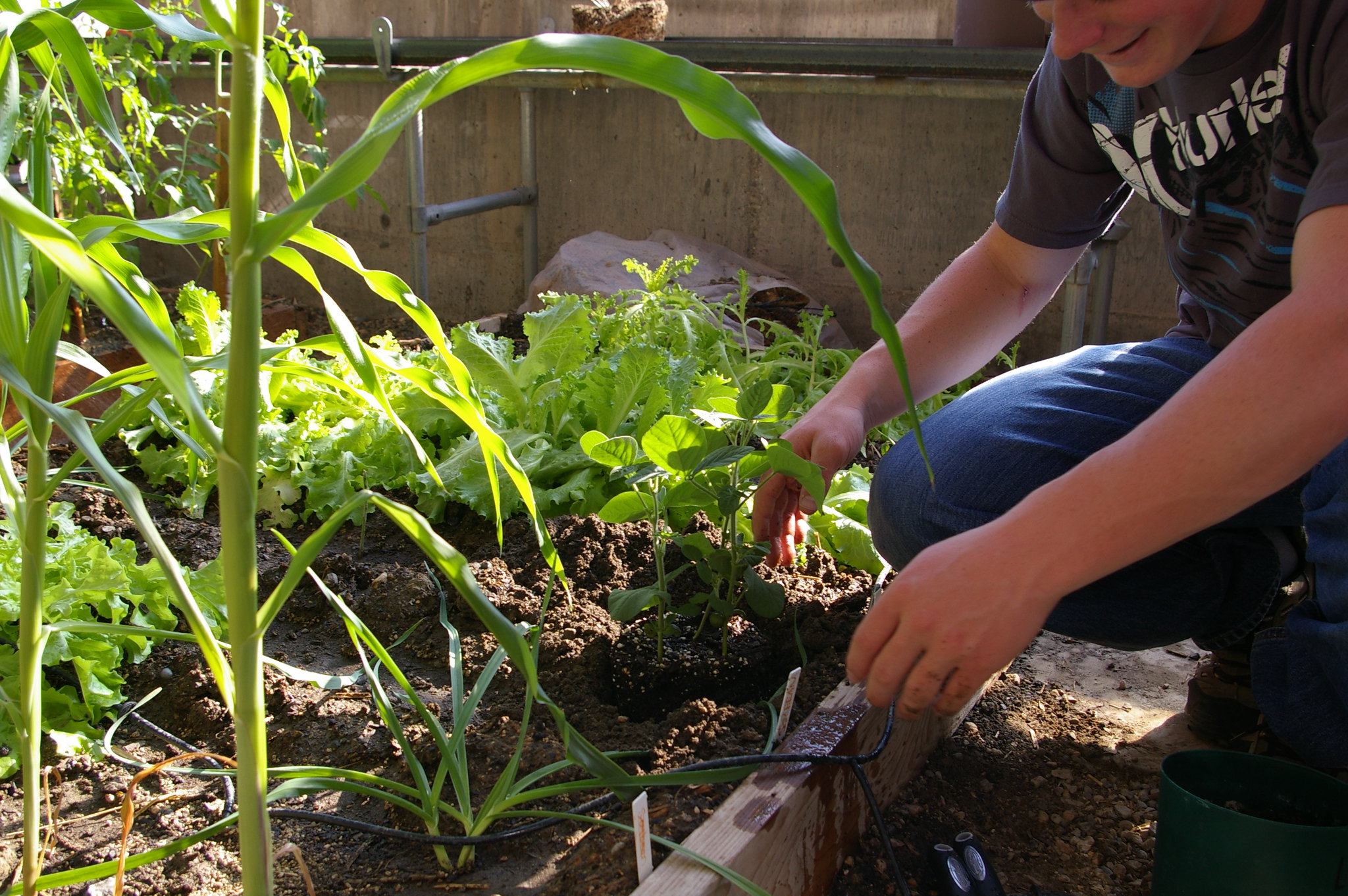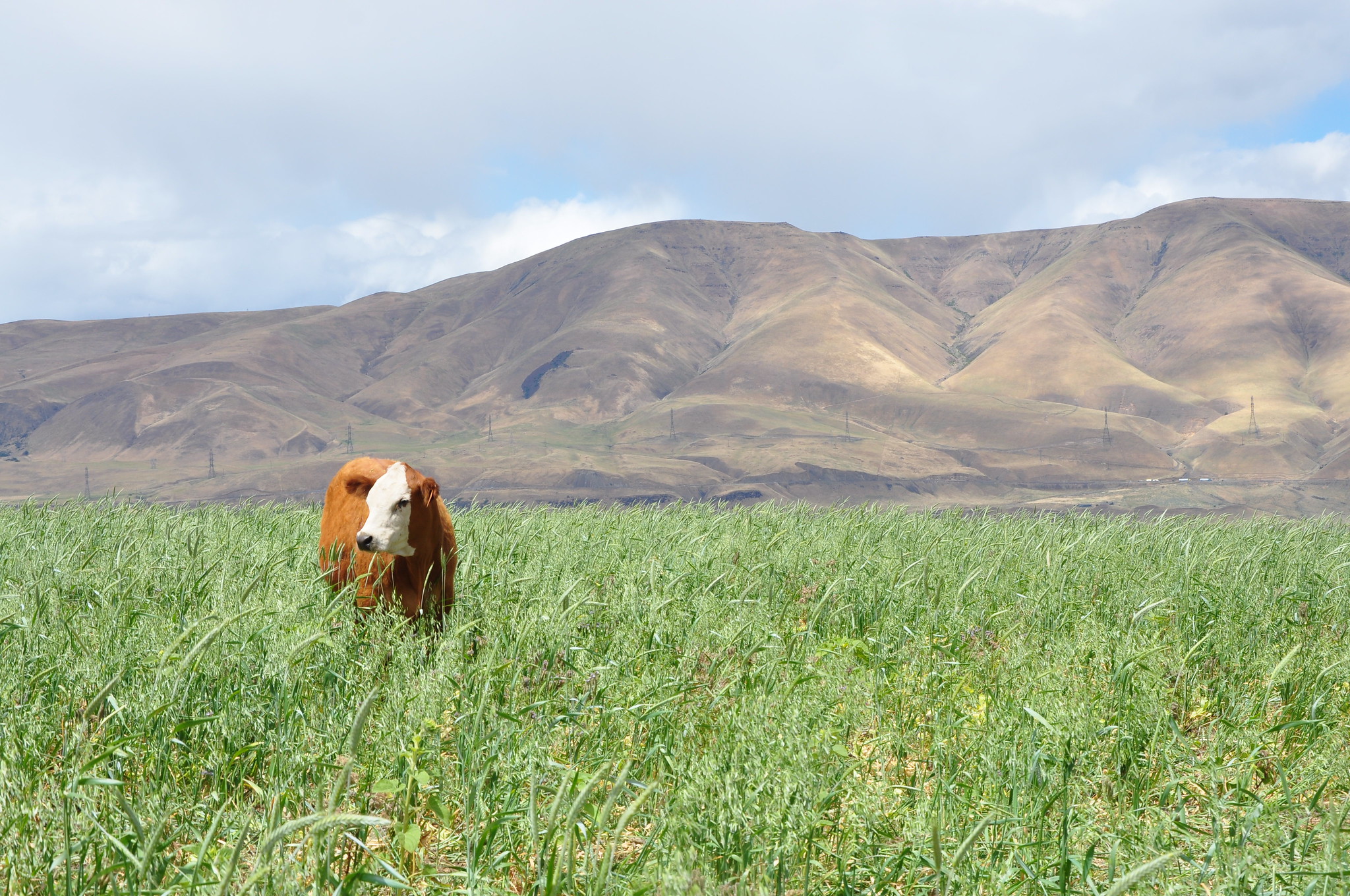Swale floating food forest transformed a barge into a “public oasis where people can come and pick fresh produce.” Inhabitat used under CC BY-NC 2.0 DEED
Agroecology is an approach to transforming food systems, making them more beneficial to people and the planet. It provides a framework to address the ecological and societal harms of our current food production, distribution, and consumption practices. By focusing on sustainably producing healthy, culturally-relevant food, proponents feel that agroecology can reduce hunger, increase biodiversity, cut back on pollution, and even mitigate climate change.
Defining agroecology
Modern industrial agriculture involves costly equipment and requires huge pieces of land to be devoted to the production of just one crop – known as monocropping. This form of agriculture is best practiced at scale by enormous companies that can afford the latest technologies, and the rising cost of land. Consequently, 70% of U.S. farmland is controlled by just 20% of farms.
In contrast to industrial agriculture, agroecology aims to use local renewable resources, reduce the use of purchased inputs like fertilizers, improve the health of soil and animals, and foster biodiversity.
Agroecological approaches tend to support small-scale farming practices through economic diversification. Instead of planting just one crop, farms plant many, which provides economic security - if one crop fails, there are others to fall back on. Agroecology also focuses on creating synergies between different parts of the farm. For example, cover crops provide food for livestock and also rejuvenate soil.
Agroecology? Regenerative? Organic?
Often lumped together with regenerative and organic agriculture, agroecology is actually a broader framework, albeit one with similar goals. While there are many definitions of regenerative agriculture, it tends to focus on production elements such as carbon sequestration and biodiversity. Meanwhile, organic agriculture refers to a certification process run by the U.S. government in which crops must be produced to a certain set of standards, similar to those of regenerative agriculture.
Agroecology is distinct in that it goes beyond the environment to focus on the socio-cultural facets of food systems as well. It has a strong historical basis in social justice, with a focus on food systems that respect and support culture and food traditions and enable responsible governance of land and natural resources.

The use of agroecology is common in Cuba, where international embargoes made novel seed varieties, fertilizer, and pesticides largely inaccessible. Eddie Olsson, used under CC BY-SA 2.0 DEED
The evolution of industrial agriculture - and its alternatives
From the 1950s onward, the “Green Revolution” changed the face of agriculture forever, with the aim to increase the world’s food supply and address hunger. According to PBS, the Green Revolution was characterized by “the emergence of new varieties of crops, specifically wheat and rice varietals, that were able to double if not triple production of those crops in two countries.”
While the intention was to support small-scale farmers and improve food security, the Green Revolution had many unforeseen impacts. For one, it led to the loss of many indigenous crops in favor of staples like wheat, causing diets to also be more focused on starchy foods lacking vitamins and minerals.
These highly productive varieties grown all in one large field ended up requiring consistent application of fertilizer and pesticides, which was cost-prohibitive for small-scale farmers. Monocropping, and the corresponding application of these chemicals has a range of negative impacts on people and the environment, including: desertification, algal blooms, pollution of land and drinking water, and in some cases, health issues for workers and nearby residents.
Agroecology as a movement presented farmers with an alternative to the pressure that built up around these new agricultural techniques. Instead of switching entirely over to new crops, agroecology aimed to find scientific methods that supported localized production methods, keeping traditional farming practices alive and making them more profitable.
Improving biodiversity & food security in Malawi
According to the UN Economic Program “over the last 100 years, more than 90 percent of crop varieties have disappeared.” Today, we largely eat the same few crops worldwide. With the loss of so many plants and animals, food security is at risk, as the remaining species are more vulnerable to pests and disease. Focusing too much on a few crops can also lead to seasonal or cyclical hunger.
For example, in Malawi, maize is a key staple crop. As in other countries, Malawi experiences a “hunger season” in the time before the harvest, when stored maize has run low and food prices soar. A movement to restore local food sources aimed to fill this gap by working with communities to plant trees and other plants using seeds that could be gathered in the wild and saved for free. According to the Alliance for Food Sovereignty in Africa: “reviving and respecting this traditional knowledge has helped restore a sense of cultural pride in the use of local resources.”
Diversified food production has shown to impact consumption as well. In places like the U.S. where most people buy their food in stores, more diversity of production could mean more healthful fruit, vegetables, nuts, and legumes on shelves and plates.

Planting in a raised bed at the Northwest College of Agriculture Northwest College Agriculture, used under CC BY-SA 2.0 DEED
Urban farming
The phrase “urban farm” often conjures high tech container and vertical farming operations, but many urban farms are low-tech community or backyard gardens. A traditional veggie garden can benefit from agroecological approaches, and in fact, many home gardeners are already using them! Composting, intercropping, crop rotation, known as features of the French intensive gardening system, fall under the agroecology umbrella.
A growing movement to integrate more permaculture practices is also linked to agroecology. Permaculture involves building edible landscapes. Food forests can be planted in suburban yards or urban parks, including native fruit and nut trees, shrubs, aromatics, and perennial vegetables.
Industrial agriculture
Agroecology’s goals are transformative, but can also be effective in inspiring more incremental change for large-scale farming outfits. Companies like Nestle and King Arthur are making commitments to using regenerative agriculture techniques. Of course, from an agroecological standpoint, while it’s important to focus on soil health and avoid degrading our natural resources, that is just the beginning. The agroecological framework calls for more: a real focus on honoring indigenous foodways and building food systems that equitably serve people.

A cow grazes in a field with a cover crop planted in order to improve soil health
NRCS Oregon, used under CC BY-SA 2.0 DEED
The many benefits of agroecology
Agroecology can have huge benefits for humans, and entire ecosystems. As a diversified approach to agriculture, agroecology is good for food security and farmers’ economics - if there is a crop failure due to disease or drought, they have other crops and food sources to be relied upon. Eating a wider range of food is also good for nutrition - starchy crops fill bellies but don’t help children grow big and strong or give adults the vitamins and minerals they need to stay healthy. And more biodiversity means healthier soil and less risk of diseases developing among animals and transferring to humans, which can cause pandemics. Agroecology can help preserve the health of our air, soil, and water, by preventing contamination with chemicals and encouraging responsible stewardship.
